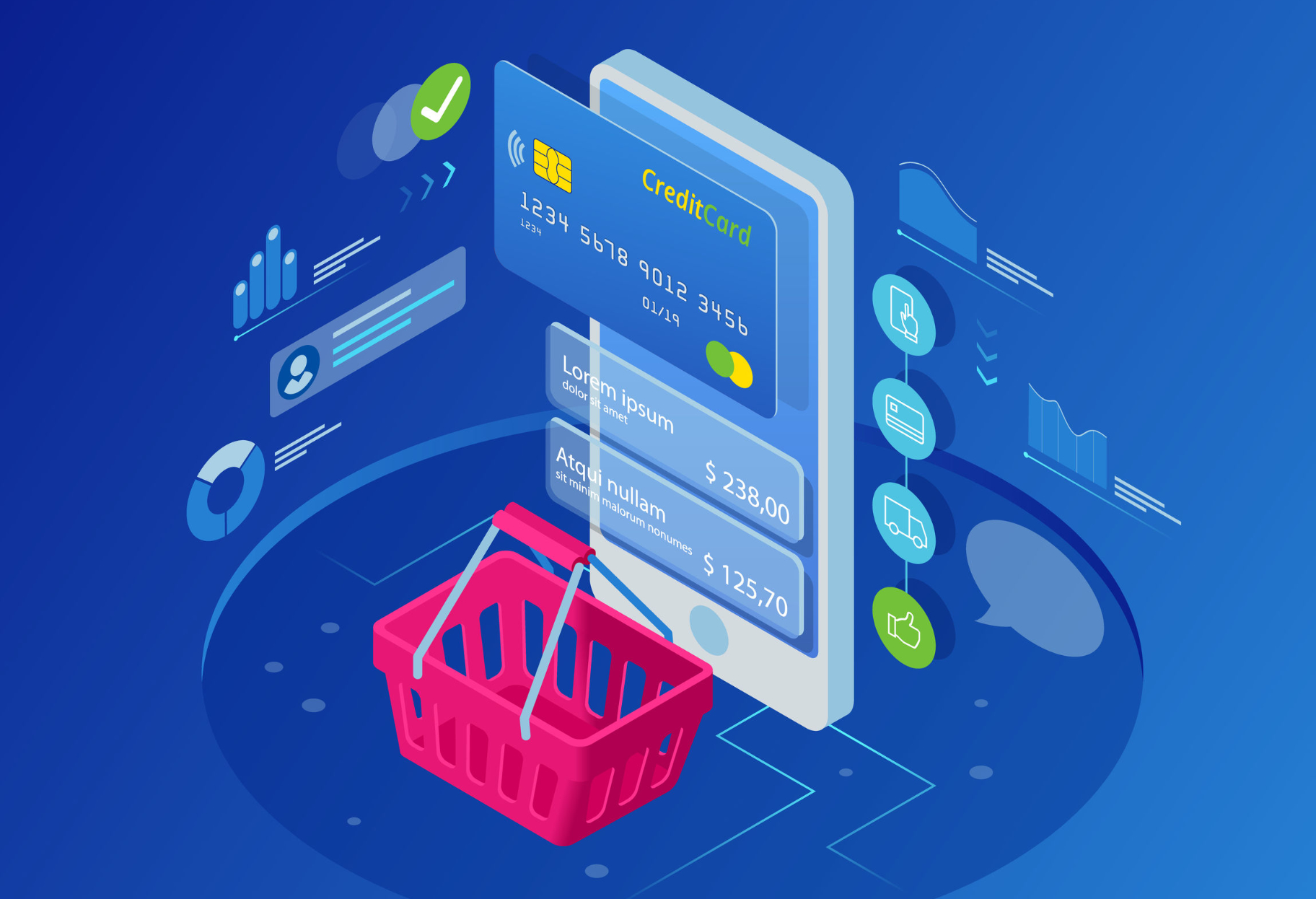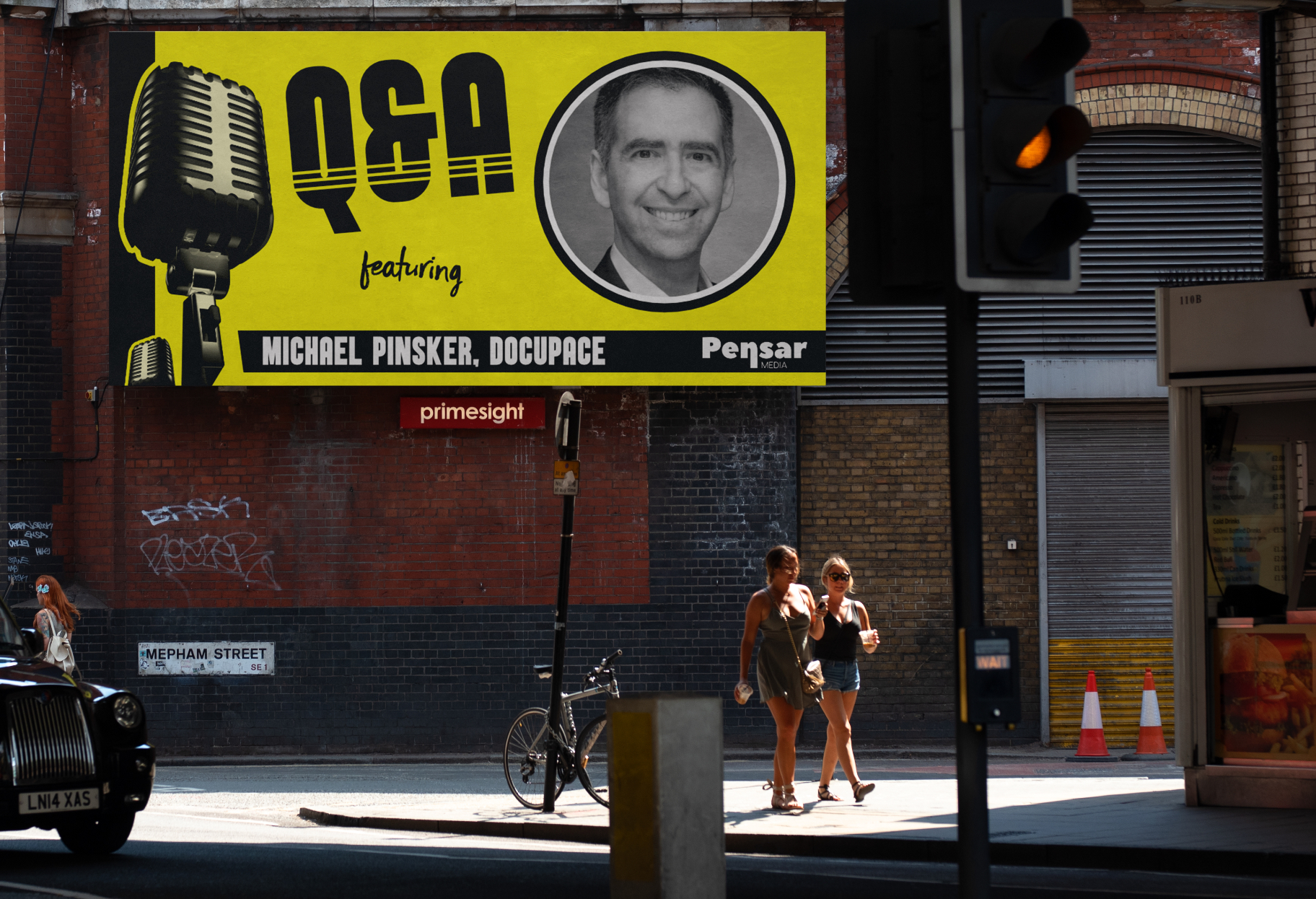Welcome to part two of our Q&A mini-series with some of the experts we interviewed in our recent Future of Banking Report.
ROISIN LEVINE, HEAD OF BANKS, FLUX

Can you tell us about Flux and how you are working with banks?
RL: Flux provides digital receipts, offers, loyalty points and rewards, all within a banking app, so this means we partner with banks and retailers to be able to provide itemised digital receipts for customers, and we do that in real time. What we are really allowing is for customers to keep track of exactly what they buy, and they never have to miss out on loyalty points and rewards. We don’t add any friction to the payment experience, there’s no time taken at the till, we’re completely seamless—you tap your card and the receipt will appear in your banking app. Right now we’re working with Monzo, Starling and Barclays but we’ve got a load of other banks who are interested and we’ll soon be rolling out Flux to their customers. Our mission is to make Flux available to everyone everywhere, so a bit like contactless technology eventually became the norm, we want that to happen with digital receipts.
So is this the end of the paper receipt?
RL: Some of our retailers will ask the customer if they want a receipt, so it depends on the merchants—they can still print receipts but what we hope is that we get to a world where people feel like they don’t need a paper one. As we scale and this becomes the norm, then 100% we would like to see that reduced because there’s 11.2 billion receipts printed annually in the UK. That’s what our Beat The Receipt campaign is all about—making people aware that there is a lot of waste, as roughly 50% of those receipts can’t be recycled because they’re printed on thermal-coated paper and a lot of people don’t actually know that.
What are the benefits for banks?
RL: We believe that digital receipts are going to liberate a data set that’s just not been available before, and that’s going to help banks interact with customers in a completely different way. This will enable a much higher level of personalisation when it comes to offers and rewards because we’re able to give a granular level of detail on what people are purchasing. That is a big change and it could potentially enhance other tools like personal finance management tools and budgeting tools for banks.
How does your technology integrate into their banking apps?
RL: The technical integration is really straightforward, we take the transaction information from the bank and we match that data with the merchant, then provide back to the bank something that’s ready to be displayed as a receipt—that data shows what that customer actually bought and so we then work with the bank to optimise for the best possible customer experience. We are ensuring it’s a subtle enhancement to their current app, so it’s their design. It’s a natural enrichment to what a customer already sees and it’s a further layer of data for the customer.
How much appetite is there from traditional banks to adopt digital services such as Flux?
RL: For a traditional bank, just being a much larger organisation means anything new might have to go through more process. They have legacy infrastructure that they have to grapple with, but most of the major traditional banks in the UK recognise that digital is the way forward, they have really big teams that are focused on digital transformation. The enthusiasm is definitely there. A lot of the banks we’ve spoken to recognise that what we provide is something really useful for customers, and they’re doing what they can to make that happen.
How do you rate the pace of digital transformation in general?
RL: The big shift towards mobile banking has been a big change in the last five-to-ten years. It looks like we’re almost at a place where half of people are banking via their mobile app, so the big focus is the customer experience around mobile banking and what people expect now in terms of being able to log-in in a matter of seconds rather than keying in different pieces of information and passwords that might take a bit of time. Banks are really listening to their digital teams and giving them the power and support to make some big changes. We see loads of fintech collaboration happening, and a lot of traditional banks are watching the rise of some of the digital challenger banks. Although we haven’t seen big volumes of customers suddenly leaving traditional banks, what those banks are doing is looking into how do they make sure that doesn’t happen. You often see when a feature is released, everyone is racing to catch up, so for customers that’s great as competition in the banking space is setting a new standard. The interesting piece today is that some of the traditional banks are setting up their own digital banks, so they’re creating new brands and they are pure greenfield projects. That means they don’t have the same issues with legacy infrastructure, they can start from scratch and build something very quickly and immediately compete with some of the new digital banks out there.
Click here to download the full report.





